I received a simple question from Jack C. about Super Mario RPG, so let’s take a look!
I have a question about one of my favorite games of all time. Super Mario RPG. In the aforementioned game, Geno’s actual name is ♥♪!?.
Apparently, in the Japanese version, his name is something different. I am starting up an LP of SMRPG on Youtube and I need some localization ammo for my translation gun. In short, please compare these two screenshots.
Jack kindly included screenshots of the line in question:
 | 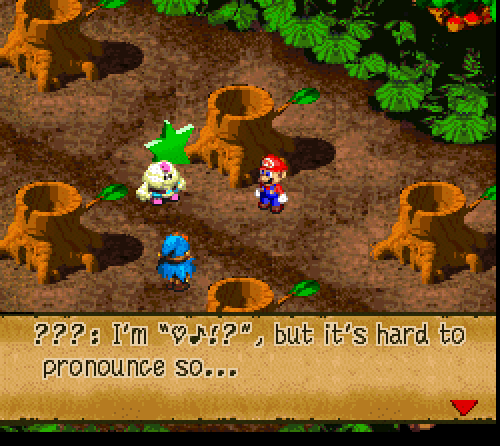 |
| Super Mario RPG (Super Famicom) | Super Mario RPG (Super NES) |
This is a pretty simple line – here’s the text side-by-side:
| Japanese Version (basic translation) | English Version |
| My name is “(CRAZY CHARACTERS)”, but this Star Language is hard to pronounce, so….. | ???: I’m “♥♪!?”, but it’s hard to pronounce, so… |
The key differences and things of interest I can see here are:
- In the Japanese version, Geno refers to the name as being part of the “Star Language” or “Star-ese” or or “Starish” or “Starinian” or whatever you’d prefer to call the language.
- The English version includes the speaker name as “???”, but this isn’t in the original.
- The crazy symbols are different, although I’m not really sure why. It might be that the localization programmers just decided to insert a basic ASCII character set (which sometimes includes a heart and a music note), and later on during the translation phase, Ted Woolsey was like, “Okay, we need some crazy characters here, what’s available?” and went with what was available.
- Not that it matters too much, but just for reference Geno uses the Japanese pronoun “boku”, which is usually used by males.
So there you go, hopefully that’s some good LP fodder for ya! I’ve actually toyed with the idea of doing LPs from time to time, although at this point I think if I ever do one it’d just be a straight playthrough of Japanese and English games for reference – having full playthroughs of Japanese and English games that I often reference would be really useful to me, what with all the Pokemon and Paper Mario series questions I get 😛

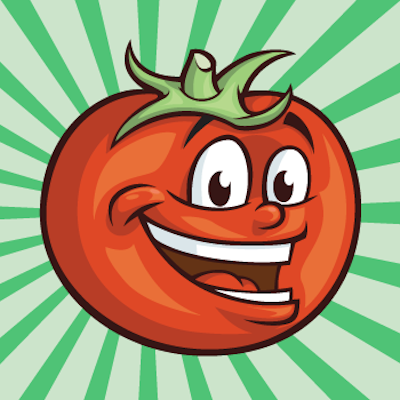
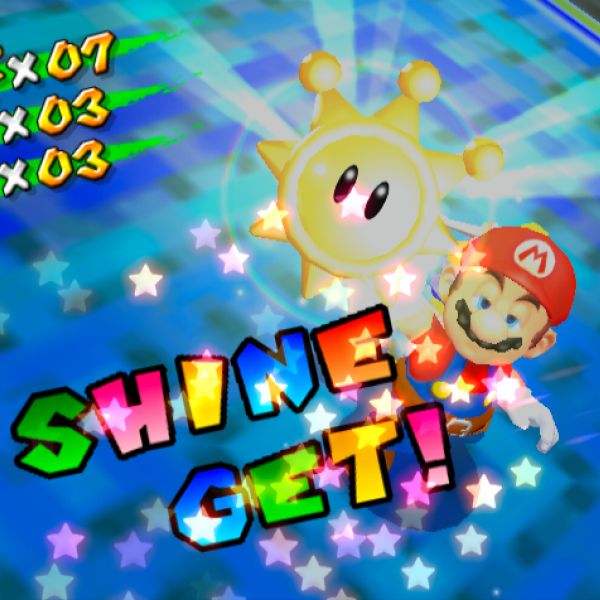
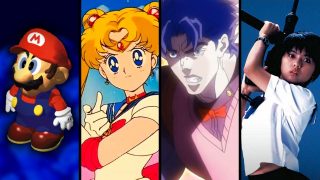
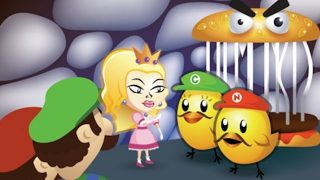
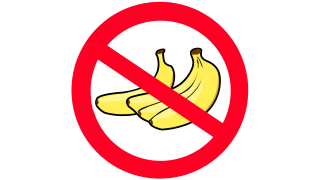
Jack, buddy… did you think those were Japanese characters?
Wait what?
I’ve heard that the characters used in Geno’s name in the Japanese version aren’t used anywhere else in the game, whereas the English counterparts, being a lot more basic and common, are. This would seem to back up the idea that it’s a character set thing, and they just went with what was available.
They aren’t. This is 100% a space-cramming issue, and really wasn’t that uncommon back in this era. The move to CD mediums was a godsend for localizers all over.
If it really WAS a space-cramming issue, they wouldn’t had used kanji within the Japanese version of the game. True, they might’ve not used the entire set, but it’s still a lot compared to English which only has 26 (times 2 for capitalization).
What would’ve more been a concern was how much text the game could display on screen at the time. With Japanese, the sheer amount of characters used within the language (combined with the language’s flexible grammar) meant they could easily get away with having entire sentences within a small space. Not so much in English.
Just out of curiosity, does Mallow also refer to himself with “boku,” or does he say “watashi?”
Actually while we’re on the subject, does Bowser happen to refer to himself as “ore-sama?” He kind of strikes me as the kind of character who would, since it’s usually reserved to those who have a strong sense of self-importance (Piccolo from Dragonball, Takamura from Hajime no Ippo, Zelos from Tales of Phantasia, etc)
***Tales of SYMPHONIA, wish I could have edited that after sending :p
Mallow uses “boku” from what I’ve seen in videos.
Bowser, at least in Mario RPG, seems to use “wagahai”:
Thanks! I hadn’t heard of wagahai before, so I learned something new today.
After doing a brief search, I came across an interesting article that discusses the different first person pronouns that exist in Japanese. Incidentally, Bowser/Koopa is the example they provide of a character who uses “wagahai.”
http://nihonshock.com/2009/11/the-many-ways-to-say-i/
So Bowser speaks like some important higher up figure. Makes sense (you covered it before I recall). It’s considered a classic way to speak, and he is a classy guy with his haiku-making and everything. XD
XD Your comment’s cracking me up!
Huh?
Or, more specifically, he’s TRYING to sound high-up and classy, but ends up kind of falling flat. :V
Domo Arigato, Mato-Sama. I might have slammed my face against the keyboard and write “My name is ‘Gsggshsusoalshahsjapapeisys'” I would post an LP tonight but my capture card crapped out. Once again, Domo Arigato (Mr. Roboto)
Huh, you know, one of the symbols in the Japanese version looks just like the emblem of the Indigo Tribe from the comic Blackest Night. Maybe all those beams Geno shoots actually come from a power ring.
You just know that the message people are going to take away from this article is “Ted Woolsey messed it up.” 😛
Except they won’t have the common sense to realize that we don’t speak some made up moon language like in the Japanese version.
So it’s, like, pretty much exactly the same. Woohoo. Lol.
I always thought that was pretty cool. I like to think that Geno’s “higher authority” is something like Rosalina from the Galaxy games, though I don’t put much thought into Mario continuity, because that way lies the madness of trying to find continuity in Looney Toons.
Waaaaaaaay back in the 90s when I first played the game, when I saw first read Geno say “higher authority” I took it to simply mean “God”.
This is a pretty simple thing overall, and yes, it almost certainly boils down to a space issue and the space for those characters being taken up by something else in the English version. You really had to cram in some of those games.
Really the only “missing” part is actually the bit on “Star Language”, but it’s never relevant to the main plot so I can see why they’d save space there too.
I just assumed it was some sort of alien language anyway :D, so the meaning seems to have come across just fine.
Oh, one other thing, I also assumed it was outright incomprehensible and unpronouncable by the human mouth. Nothing too Lovecraftian. In my imagination, I like to think it’s the sounds bells make, like that “twinkling” sound effect they use in cartoons showing stars. (Something like Pinocchio.)
I believe the symbols in Geno’s Japanese name have to do with electricity, or circuit programming, or things of that nature.
In regards to your 3rd point (the one about the heart and note being in some ASCII charsets), the heart and note are actually special control characters:
* The heart is ASCII 003, “End of Text”. It indicates that the end of a stream has been reached, and is the “break” symbol sent by typing Ctrl-C on a command line.
* The eighth note is ASCII 013, “Carriage Return” (“CR”). It tells a system (console (as in CON (a combination of a monitor (or similar) for output & a keyboard (or similar) for input), not a gaming console), printer, etc.) to move the cursor to the start of the line, and is one of the two newline characters (the other being LF, or line feed, which tells the output system to move the cursor down to the next line); Windows uses CR+LF as its newline indicator, and a LOT of old systems use CR as their newline indicator. It can be input directly with Ctrl-M; programs may see this as identical to pressing Enter, or may repurpose it for something else.
I believe the game uses the CP437 ASCII code page, specifically, which is the “default” English code page (and, for that matter, the default code page for most graphics hardware, if I remember correctly).
I’ve only watched one LP of SMRPG, and that was the one by Loquacious (with co-commentator Organ Donor, and guests such as Voidburger and Ambisagrus). It didn’t go into the Japanese text at all, so I’ll be interested in watching that video you apparently have when I get to it.